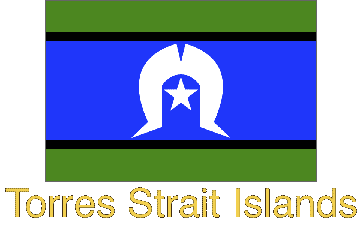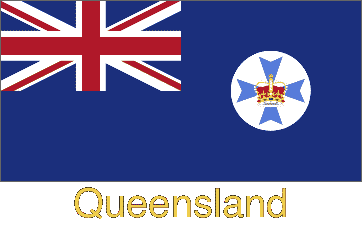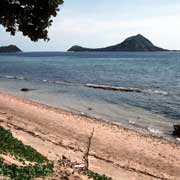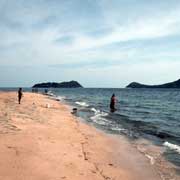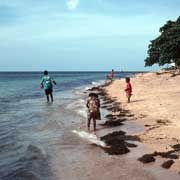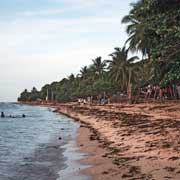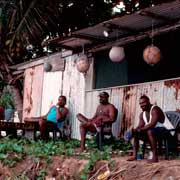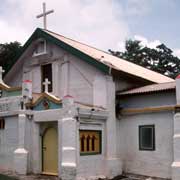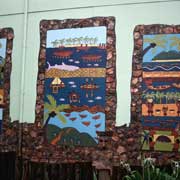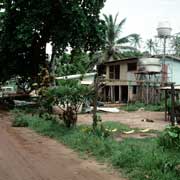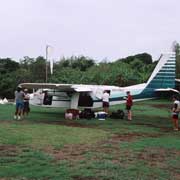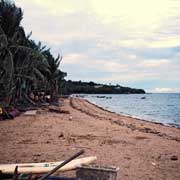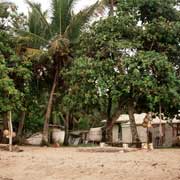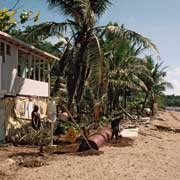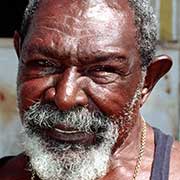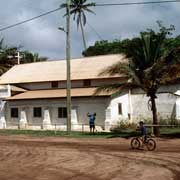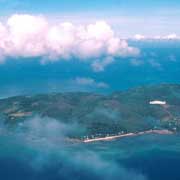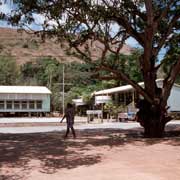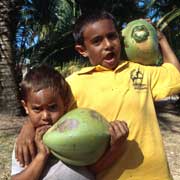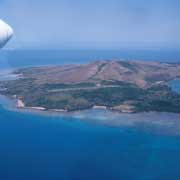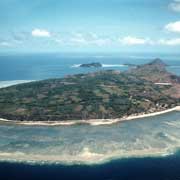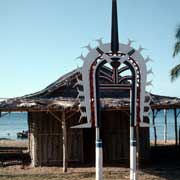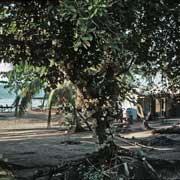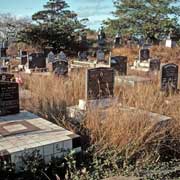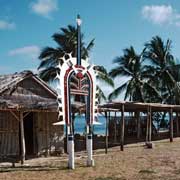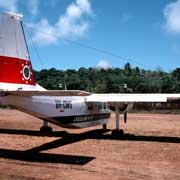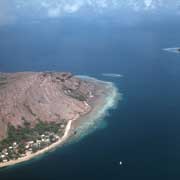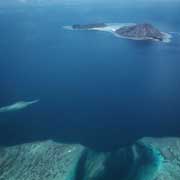Photos of the Eastern Torres Strait Islands, Australia
The Eastern Torres Strait Islands
The eastern Torres Strait Islands is the realm of the Meriam Mir speaking people of Murray Island (Mer), Darnley Island (Erub) and Stephen Island (Ugar); the latter island is the most isolated, as there is no airstrip and access is by boat from Darnley Island only.
you may then send it as a postcard if you wish.
Murray Island, also known as Mer, is the home of the Meriam people with a population of around 450, the easternmost island of the Torres Strait, about 225 kilometres east-north east of Thursday Island. Each family had sea rights, which allowed them to maintain stonefish weirs and crayfish holes on the reefs in front of their houses, which were built above the beach. Permanent settlement by outsiders began in 1872, when the London Missionary Society posted two Pacific Island teachers on Mer. The Society started the Papuan Institute there, for training workers for the New Guinea mission field. The Queensland Government annexed the islands in 1879 and from the 1890s maintained a presence there via a resident teacher-supervisor.
In their dealings with outside agencies, the Meriam had a reputation for independence and this was highlighted in 1992 with the Mabo/Murray Island native title case. It was the 10-year struggle in the courts by Meriam people that finally discredited the notion of "terra nullius" (that Australia was a land belonging to no one when the British colonists came), placing the wider issue of Aboriginal and Torres Strait Islander sovereignty on the national political agenda. The two small uninhabited islands of Waier and Dawar, just offshore from Mer, were only officially recognised by the Queensland government as belonging to the Mer people in 2001, although they had been using the islands for thousands of years for fishing and camping.
Darnley Island, also known as Erub, is the largest volcanic island in the eastern Torres Strait, 45 kilometres north west of Mer and about 210 kilometres north east of Thursday Island with a population of around 375. On 1 July 1871, Darnley became the stage for the Coming of the Light - where the gospel was first introduced, by the London Missionary Society, to the Torres Strait region. Before the Light came, pearlers and beche-de-mer gatherers began visiting the island. Over many years, these industries attracted an influx of seamen from the Pacific Islands, the Philippines and Malaya, many of whom married local women and settled on the island. Early in the twentieth century, the Queensland Government started installing various facilities such as a school, medical aid, post office and an Island Industries Board store. Darnley people have been at the forefront of the movement for adequate recognition of Torres Strait Islanders' rights, with George Mye among the most prominent advocates of Islander interests from the 1960s to the 90s and Carlemo Wacando among the first to challenge the legal notion of terra nullius.
